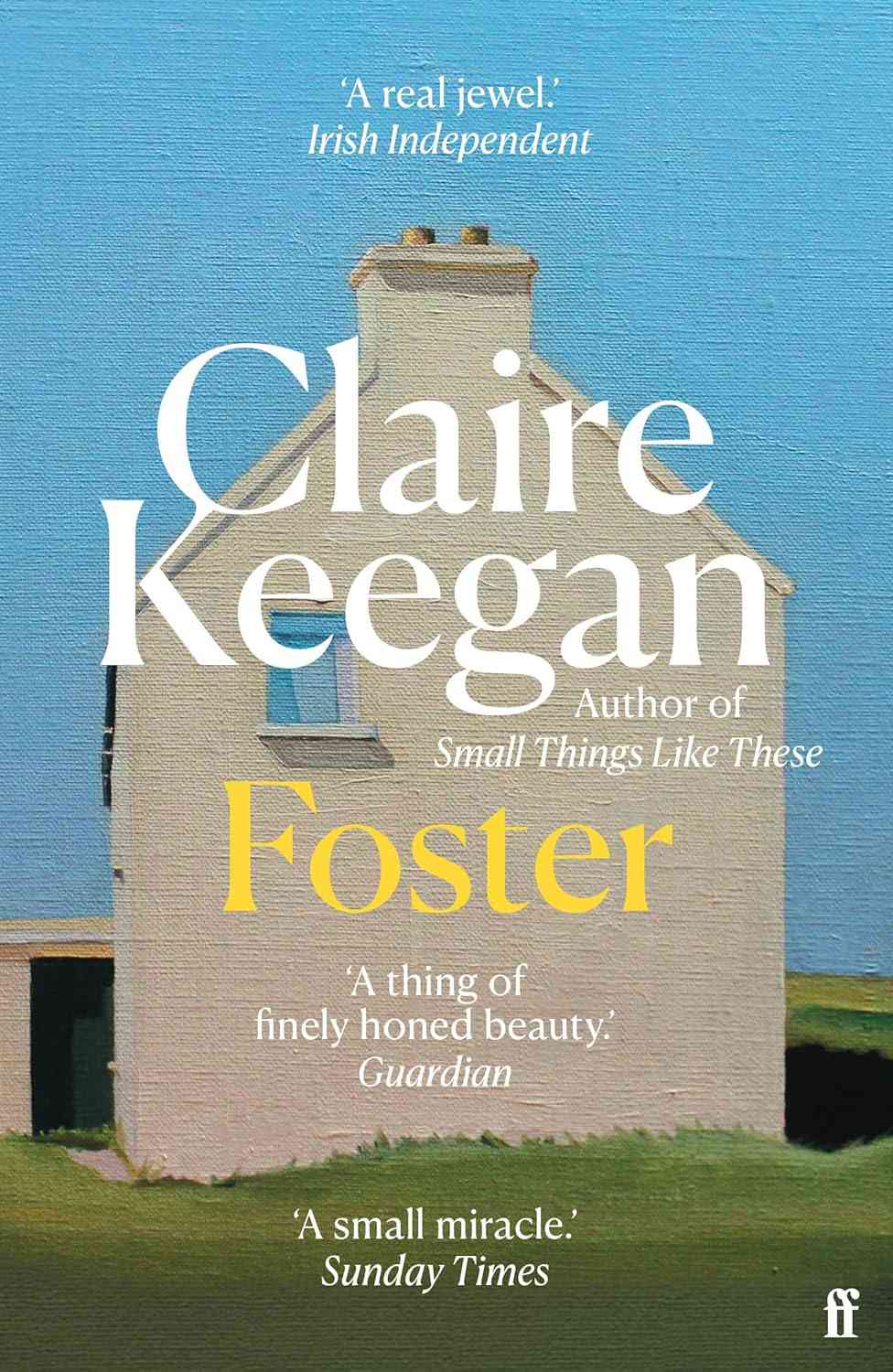“I am in a spot where I can neither be what I always am nor turn into what I could be.”
The nine-year-old narrator of Claire Keegan’s 2010 novella Foster thinks silently to herself. In this particularly hot summer, the child has been sent away to live with her mother’s relatives – Edna and John Kinsella – because of an inconvenience at home. She’s the daughter of a poor man – food is scarce and there are too many of them for her mother to feed and love. And now, with no hay in the barn or money in their pockets, her mother is pregnant yet again with a baby she doesn’t want.
The joys of affection
The child’s life is marked with lacks. She is dropped off with no assurance from her father about when he’ll be back and she waits for her mother’s letters while knowing there won’t be any. She has not been sent off with clothes or the small accessories that girls need. When Edna draws up a bath for her, she pries out dirt from beneath her fingernails using tweezers, washes her hair and combs it, and dresses her up in old, oversized boys’ clothes. She doesn’t even have a hairbrush or underclothes of her own. When “the woman” cleans her, the girl is not prepared for the sensory joys of affection – the warmth of skin, the firmness of care.
Keegan does not crowd the story with a narrative. We are introduced to the child as she is headed to her new home in the back of her father’s car. The bright blue sky does not soothe her; if anything, it is a sharp contrast to the confusion of her new beginning. The alienness of the house unsettles the reader. Too many “foster” stories end badly. The starkness, the silence, the absence of childhood in the home, the industrious couple that live the same day over and over again… Could the child be safe here? Happy even?
Just like the girl, they also see through the pretences of her parents. Edna knows her mother’s life has turned out to be a total waste, while John is disapproving of her father’s gambling addiction. And yet, the child is her own person – worthy of their love and a fresh start.
The first rupture appears when nosy neighbours begin to pry into the truth of the arrangement. Wholly unsatisfied with the innocent findings, they let loose the Kinsellas’ past and the hidden grief of their existence. Not having known any real happiness until now, the child is unmoved by the revelation. For her, it’s proof of their magnanimity – to be able to open their hearts and home despite everything.
A new childhood
When John and the child go to the coast, he leads the way and makes sure she’s safe by the sea. They hike together and he encourages her to wander off on her own – to discover the world in her own terms. This is the first time the girl experiences fatherly love – its tender assurance and steady presence.
The summer is almost like a reverie, a dream – the girl knows she’ll have to wake up sooner rather than later, and comes to dread it. The gloom of her childhood is no longer about its absence, but about losing it before she can fully know what being a child is. Like the short-lived, unusually bright summer where every day is full of possibilities, it is with the Kinsellas that the girl understands what having a home and family means. Not just materialistic things, her intellectual needs and curiosity are also taken care of – in this new house, she is human.
At 88 pages, Foster is preoccupied with the smallness of its narrator, her tiny place in the world, but it is not without ambition. The modest canvas of these briefly intersecting lives gives language to the painful drama of childhood, when it is so easy to feel unloved and uncared for. But when this is the reality, Foster envisions the enduring sorrow that follows from a flash of happiness – of what we don’t have, of what we could have, and of how we survive with the memory of what we could have had.

Foster, Claire Keegan, Faber and Faber.










